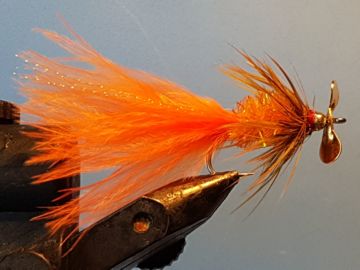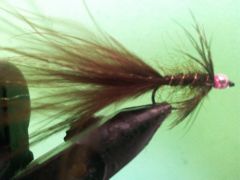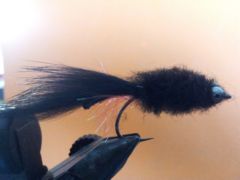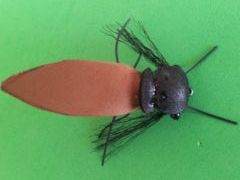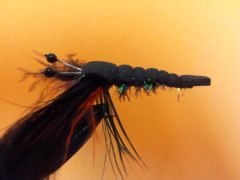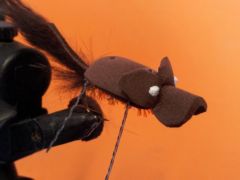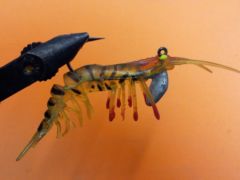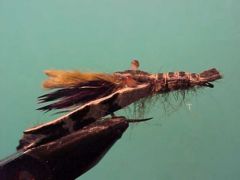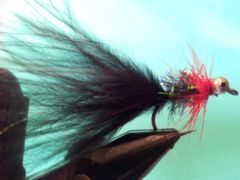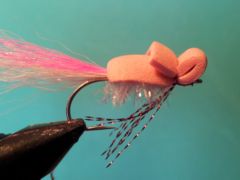Chatto’s fizzer
This fly swims well and the propeller at the front adds an element of action that fish find enticing. You can tie this fly in any colour combination to mimic the colour of some of the more popular lure colours that your mates that fish the “dark side” use so successfully.

